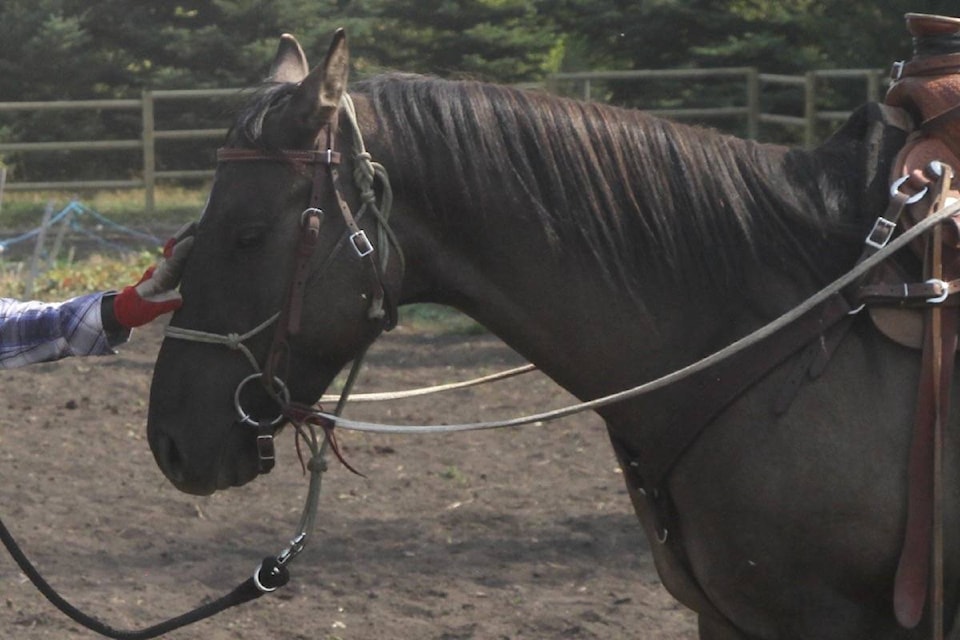After a confirmed case of Equine Infectious Anemia (EIA) was found in Central Alberta just weeks ago, horse owners may want to take notes on how to spot the disease.
EIA is a potentially fatal viral disease found in horses and other equines.
The Canadian Food Inspection Agency (CFIA) has confirmed two cases of EIA in Central Alberta this year; one infected animal was found was found in Lacombe County Oct. 19 and another in Red Deer County July 5.
EIA is transmitted through the transfer of contaminated blood, which can be done through insects like horse flies. The disease can also be transmitted when contaminated objects, like needles, are used on more than one animal.
The disease was also found in Two Hills County, Beaver County and Sturgeon County in Alberta this year.
Infected horses remain carriers of the virus for life and can be a source of infection for other animals.
Infected horses may suffer from depression, anorexia, weight loss, jaundice, small hemorrhages under the tongue and eye, swelling of the extremities and show general weakness. In some cases, loss of coordination may be the only sign.
The incubation period is generally two to four weeks, but may range from one week to three months.
A tentative diagnosis can be made based on clinical signs, but blood tests are necessary for a definitive diagnosis.
If an EIA positive equine is found, it must be reported to the CFIA, which will take disease control measures:
- Equines on the same must be tested and receive negative results to be taken off the property.
- Equines in contact with the infected animal (within 30 days of the sampling date) must be tested.
- EIA-positive animals showing clinical signs are ordered to be put down. Owners can choose to keep an EIA-positive horse that isn’t showing clinical signs in permanent quarantine or have them put down.
Horse owners can reduce the risk of EIA by only attending events that require testing for all participating horses.
On the farm, horse owners can dispose of manure to limit breeding sites for flies and use sterilized or disposable needles to help prevent EIA.
There is no human health risk associated with EIA.
For more information visit www.inspection.gc.ca.
sean.mcintosh@reddeeradvocate.com
Like us on Facebook and follow us on Twitter
